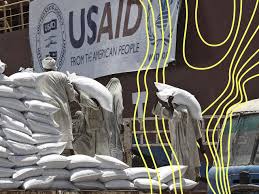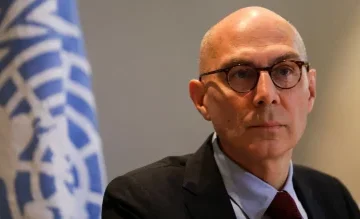The Current Situation in Sudan: A Nation in Crisis

Introduction
The situation in Sudan has reached a critical juncture amid ongoing conflict and humanitarian challenges. The country’s political landscape has been deeply impacted by years of instability, exacerbated by recent violence and civil unrest. Understanding the developments in Sudan is vital not only for the Sudanese people but also for the international community, which has been observing the humanitarian crisis unfold.
Background and Recent Developments
Sudan has historically been marked by civil wars and military coups, with the most recent uprising occurring in 2019 when long-standing ruler Omar al-Bashir was ousted. The transitional government formed thereafter aimed to navigate towards a democratic system. However, tensions have persisted, particularly between military factions and civilian leaders.
In October 2021, a military coup derailed the transition, leading to widespread protests and violent crackdowns by security forces. The situation escalated further in April 2023 when significant clashes broke out between the Army and a rival faction known as the Rapid Support Forces (RSF). This internal conflict has resulted in thousands of deaths and displaced millions, prompting fears of a prolonged humanitarian disaster.
The Humanitarian Crisis
The International Organisation for Migration (IOM) reported that nearly 4 million people have been displaced as a direct result of the ongoing violence. Humanitarian access remains severely restricted, with aid agencies struggling to provide essential services to the affected population. The World Food Programme has warned that up to 25 million people, roughly half of Sudan’s population, could face food insecurity by the end of the year.
Concurrently, the health sector is under immense strain, with hospitals either damaged or overwhelmed. Lack of medical supplies combined with rampant diseases including malaria and cholera exacerbate the crisis, further complicating efforts for recovery and stability.
International Response
The response from the international community has included sanctions against military leaders and calls for a return to civilian rule. Various nations and organisations are trying to broker peace talks, but progress has been slow and frequently undermined by ongoing violence.
Conclusion
The future of Sudan hangs in the balance, with internal divisions and external pressures posing significant hurdles to peace and recovery. The international community must remain engaged, providing not only emergency assistance but also supporting a long-term strategy for peacebuilding and development. As the situation continues to evolve, it is crucial for observers to monitor the developments closely and advocate for the rights and welfare of the Sudanese people.








